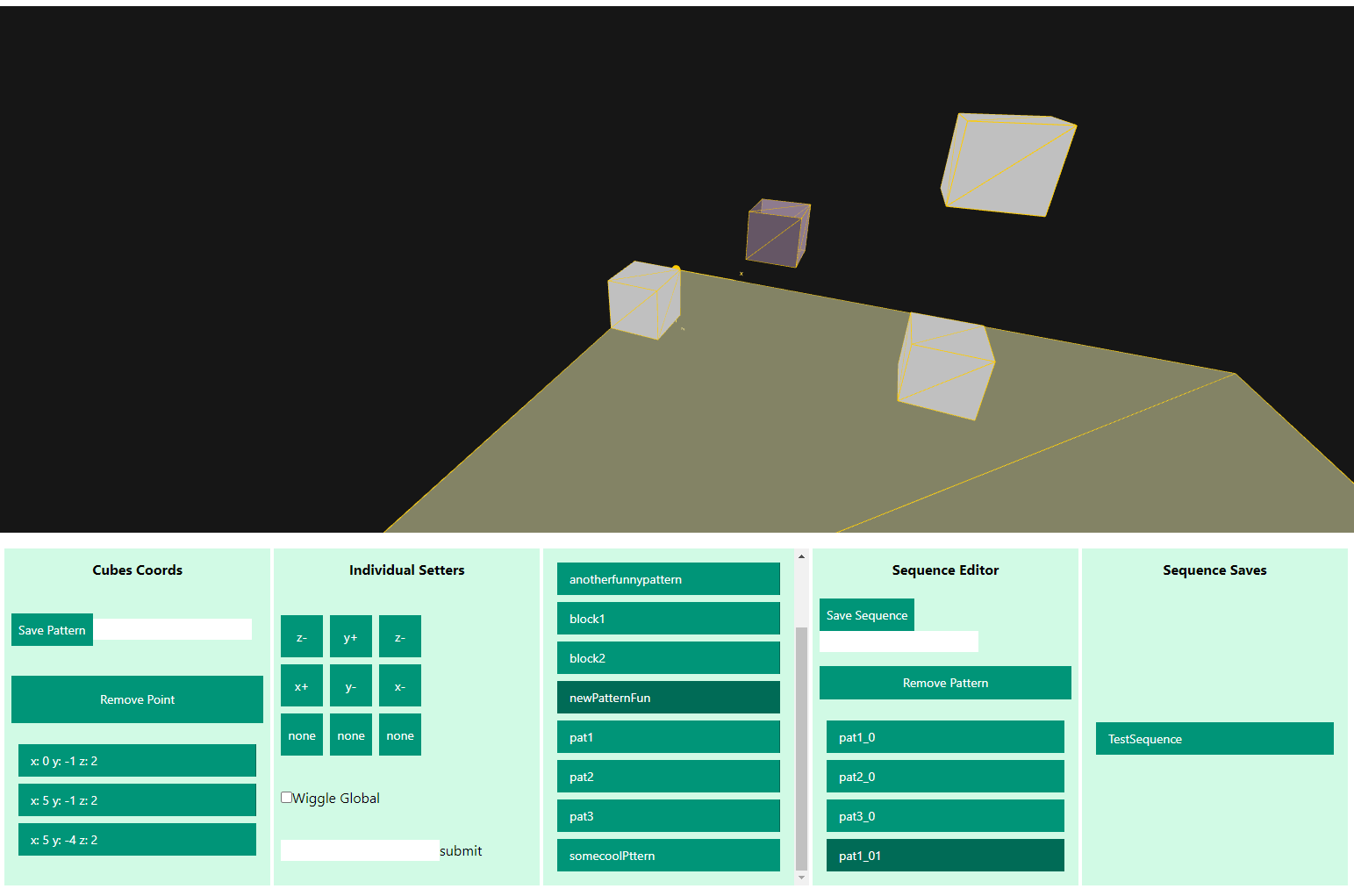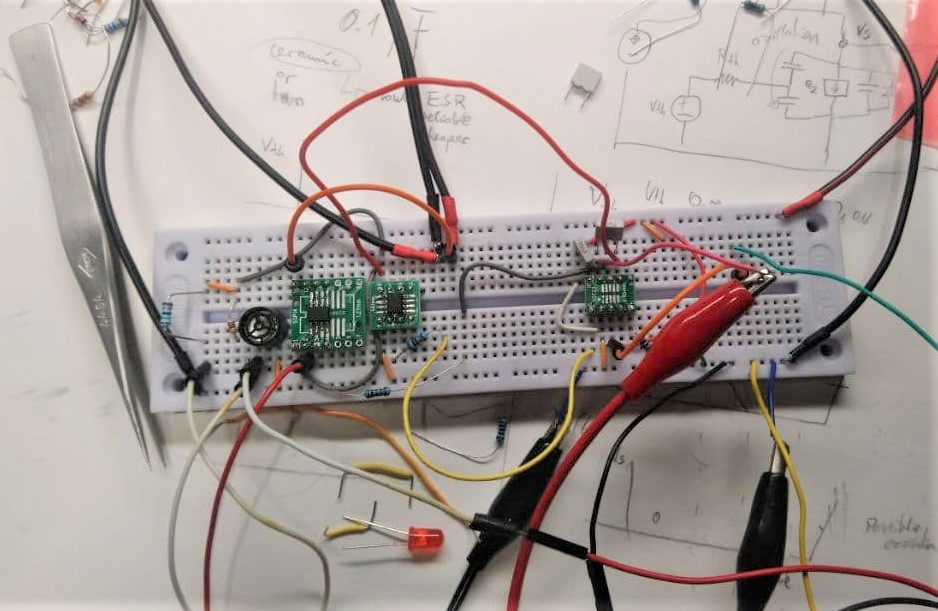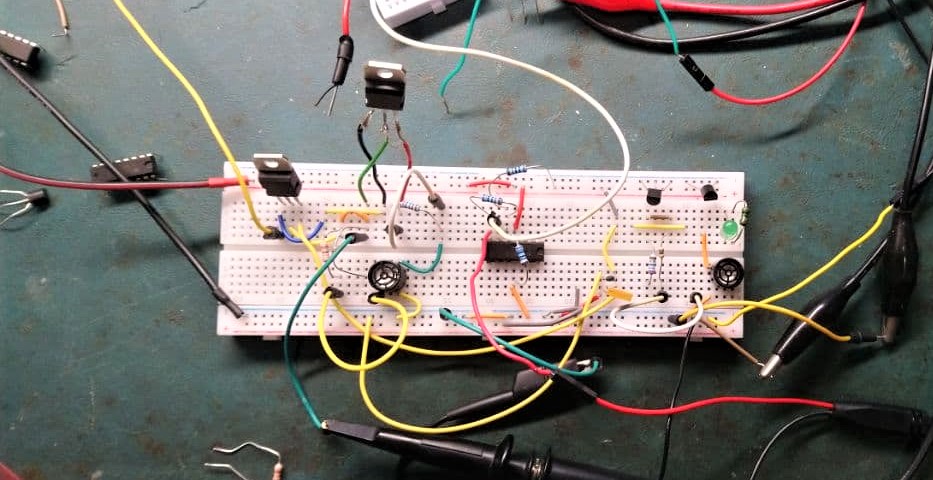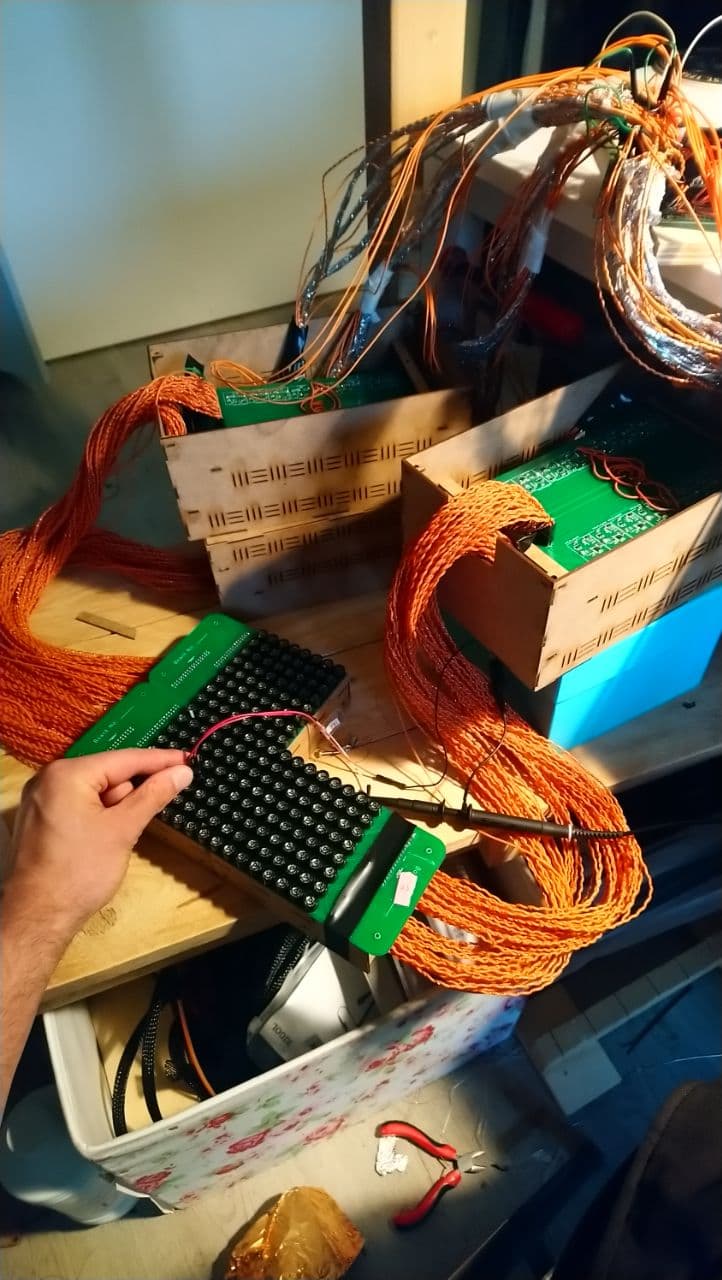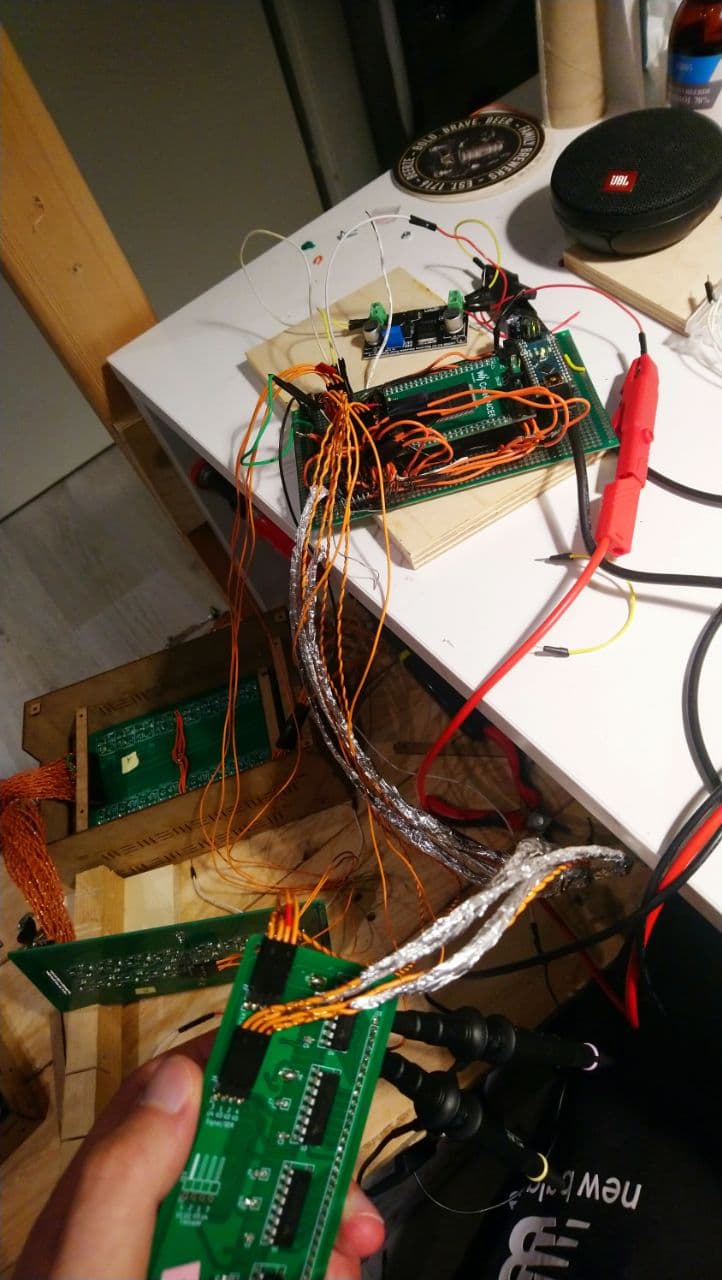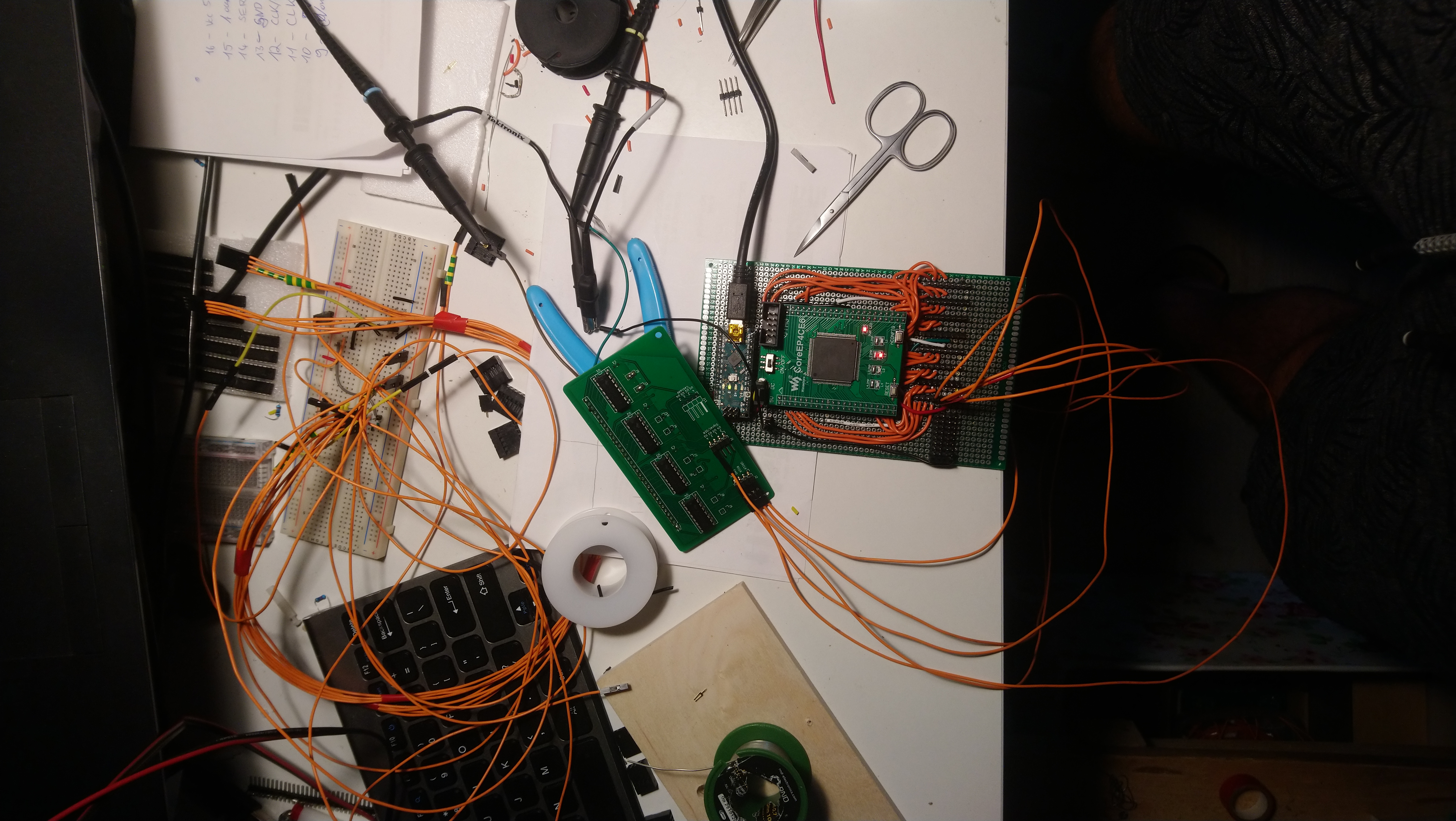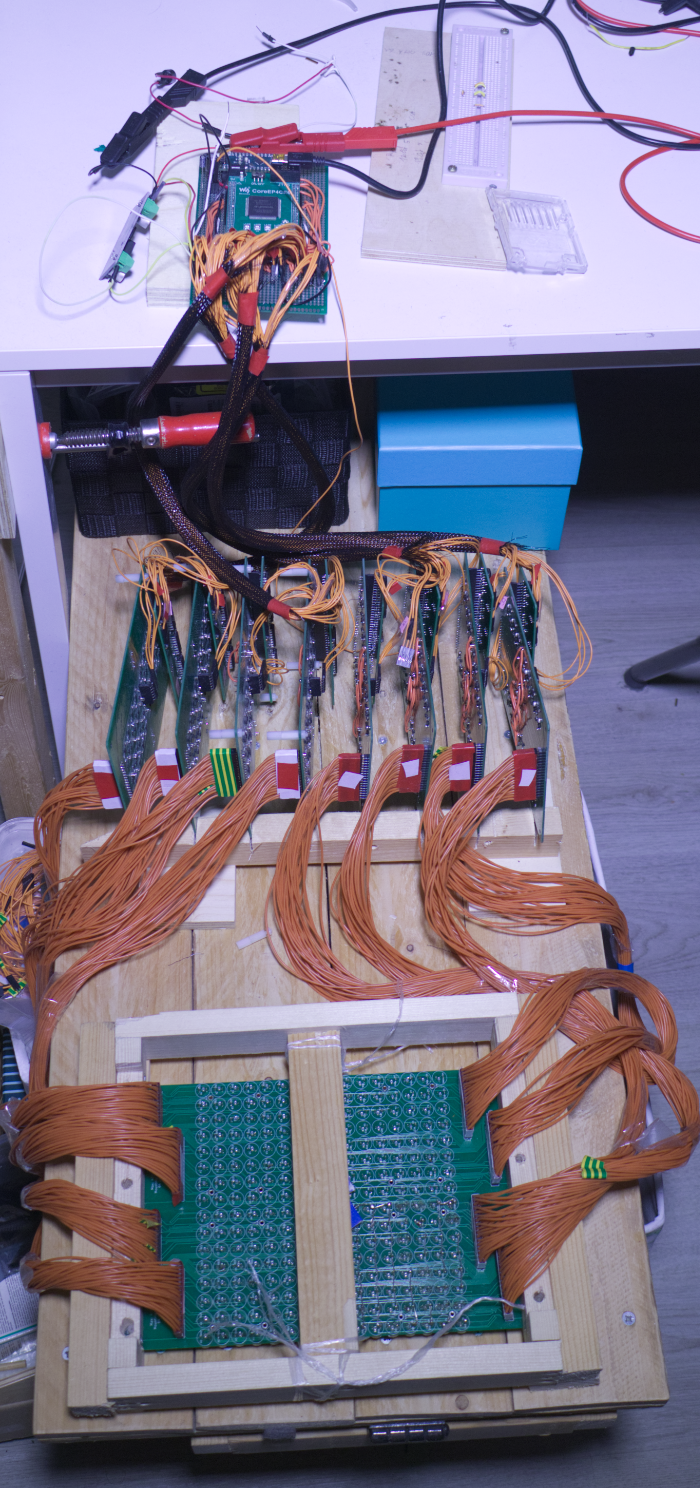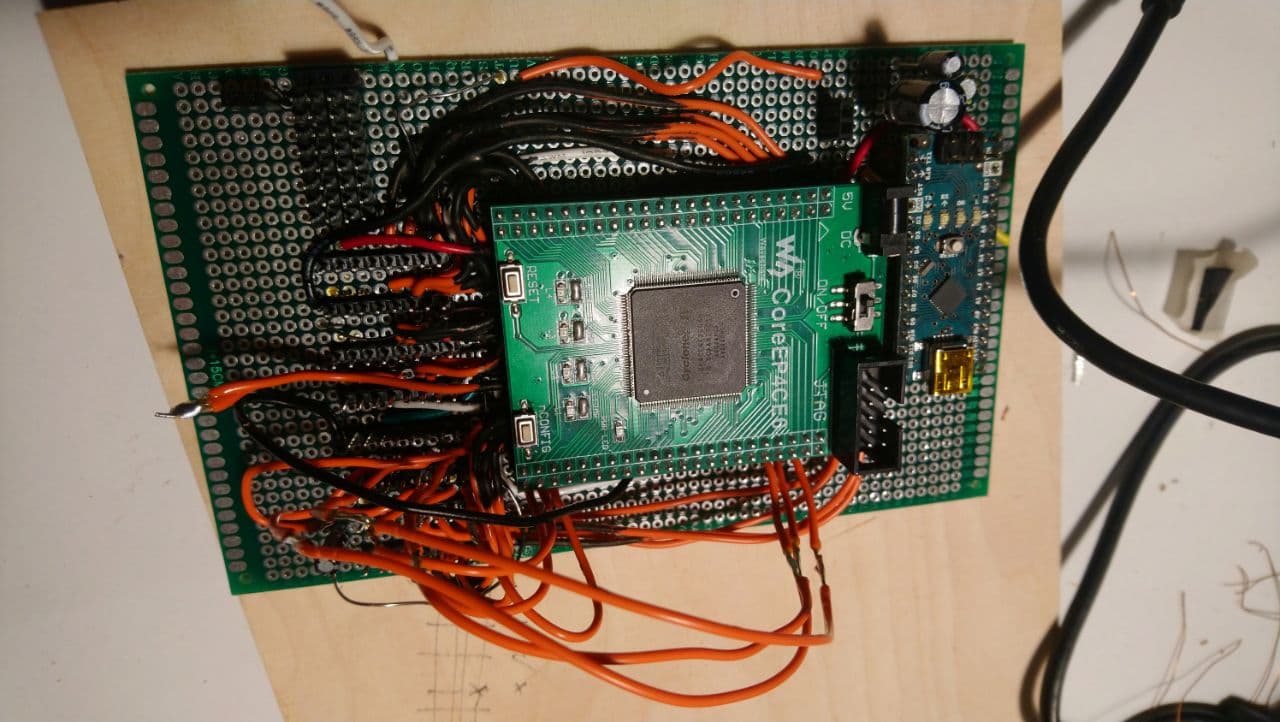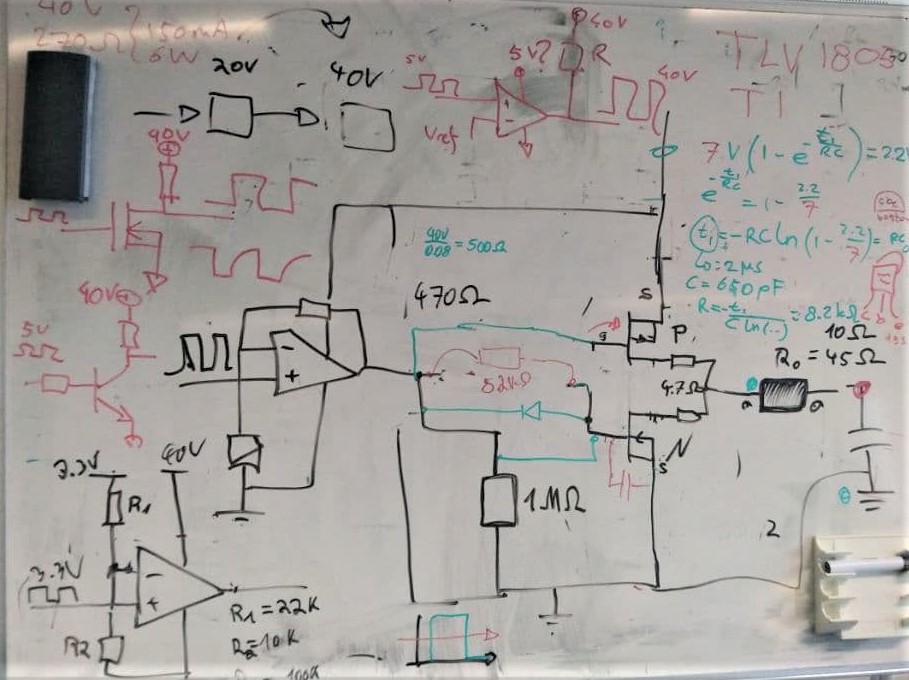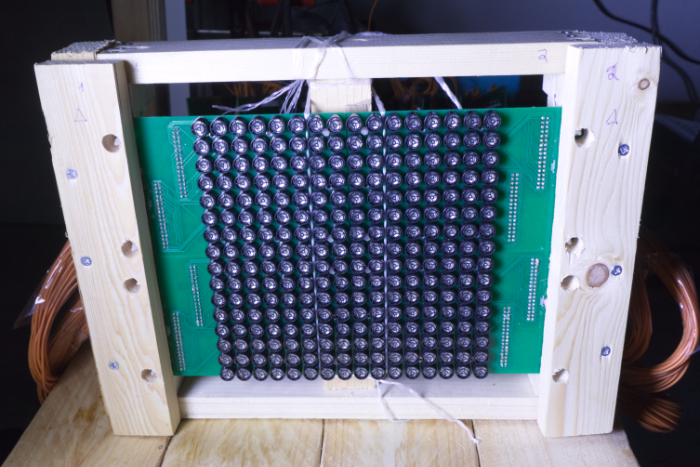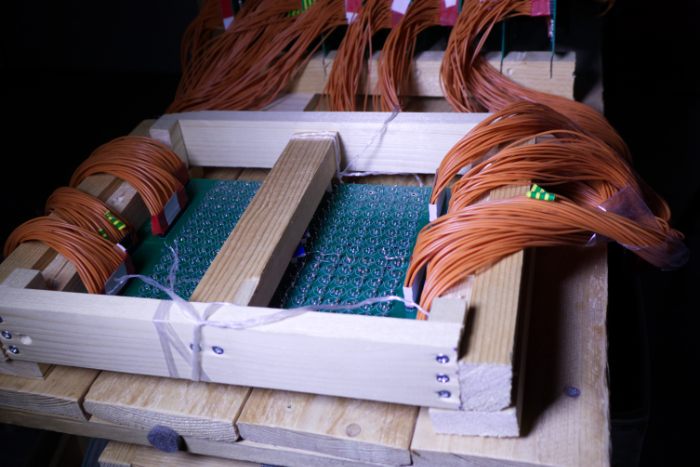
Ultrasound Haptics
Final Master Project
Innovation Research, circuit design, PCB design, JavaScript & PHP, Literature Review, User Centric Design, Prototyping
Introduction
Ultrasound haptics is an intriguing new field in HCI with the capability to render shapes/sound-images mid-air. Fundamental research has been done on the perception and recognition of common geometric shapes in two and three dimensions. However, the potential of this technology is to step outside of the known interaction and feedback standards grounded by their physical limitation, such as the button and the associated push for interaction.
The goal of this research project developed throughout the process and not clearly defined from the start. The meaning of this work was initially to develop skills in electrical engineering and to find a subject for my upcoming FMP. It got clear that the interactions with this technology require fundamental design research in order to seize its potential. The motivation became to provide a tool which aids researchers and designers alike to explore and design a collection of abstract shapes in an interactive and flexible way. For this the transducer array is divided in four parts which can be arranged differently depending on the context of interest and an interface was created for rapid prototyping.
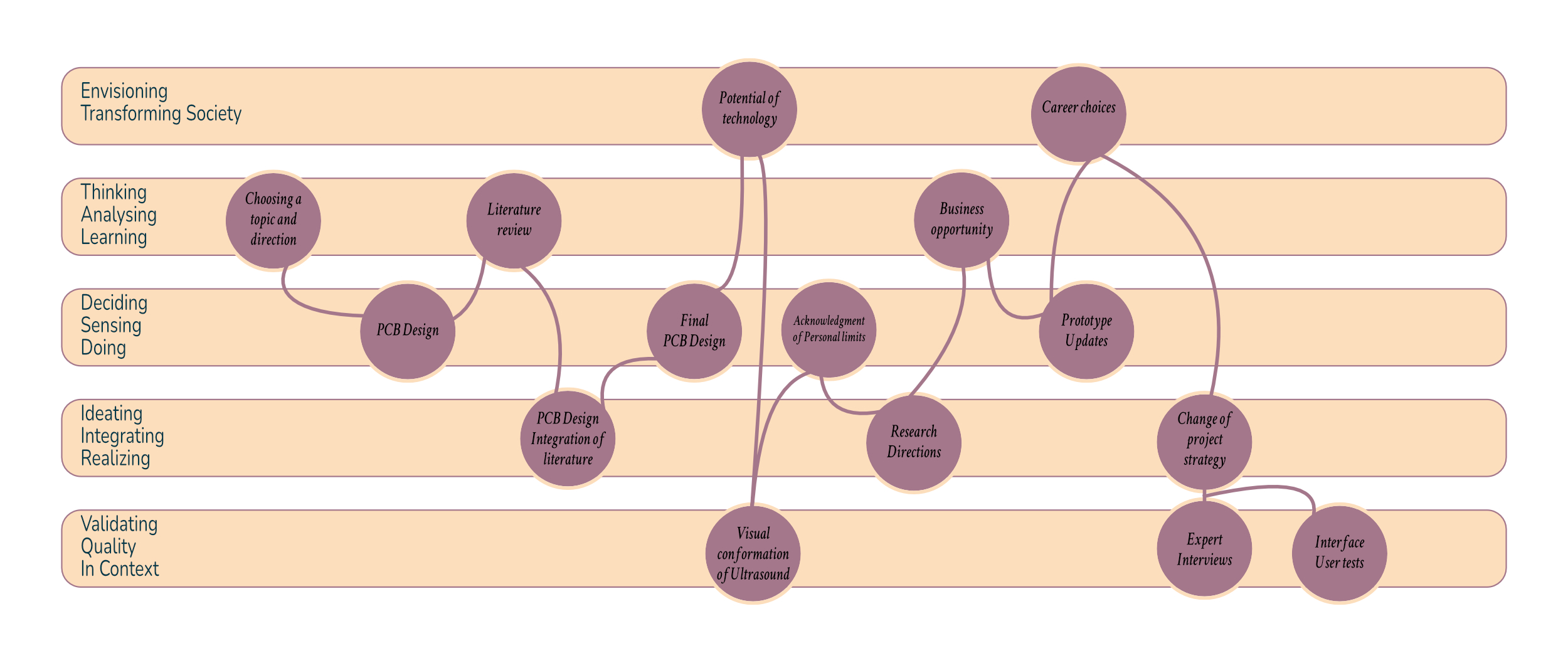
How does it work
The haptic sensations are archived through timing the output of the transducers/speakers by shifting the phases of the signals. When adjusted correctly all soundwaves meet at the same location at the same time, which is called a "vocal point" or VP. To generate a haptic effect the location of the VP is being moved within perceivable vibrotactile frequencies e.g 20Hz.

Discovered Problem
The central issue with this technology was the lack of available interfacing options. Anyone who would be interested in experimenting would have to deal with a high overhead of hardware and software related work. Foundational design work was required
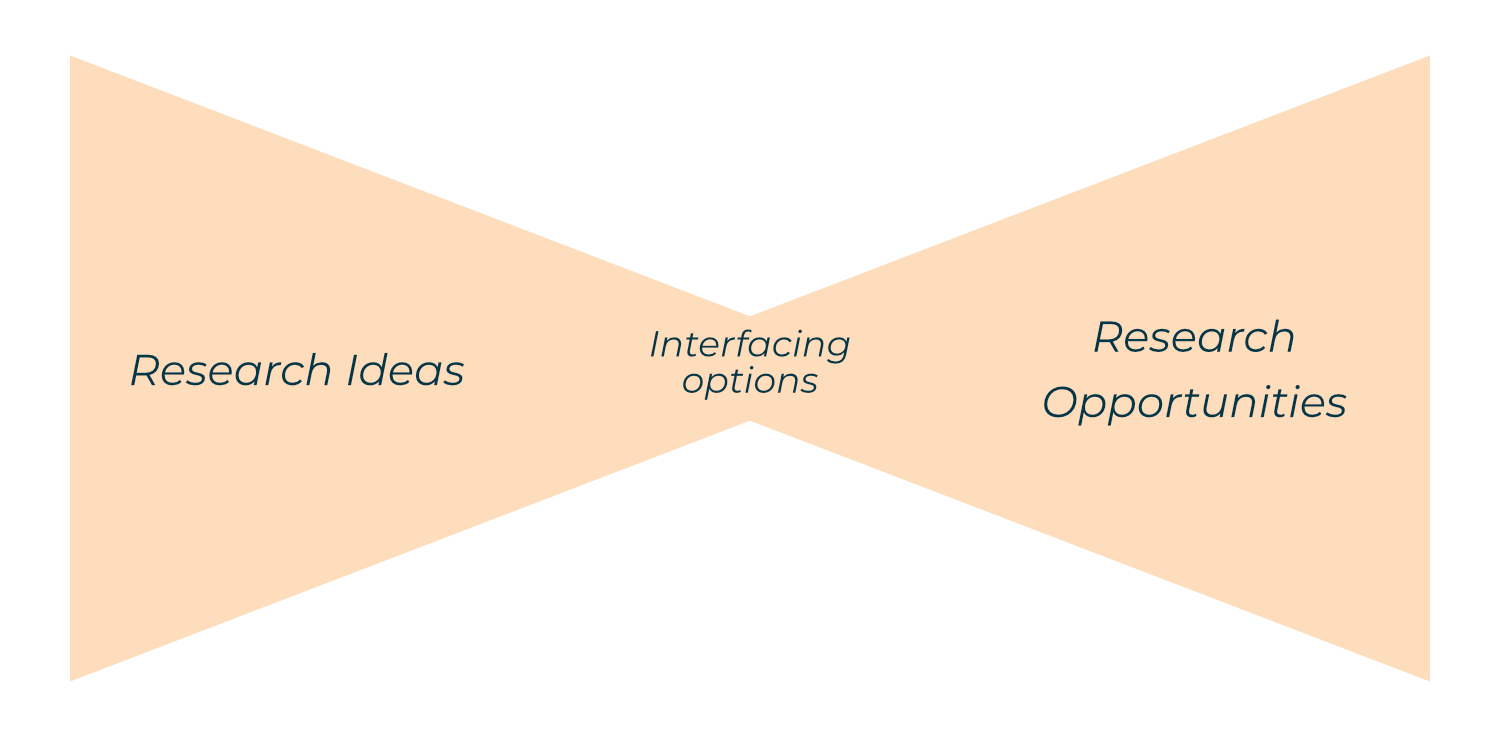
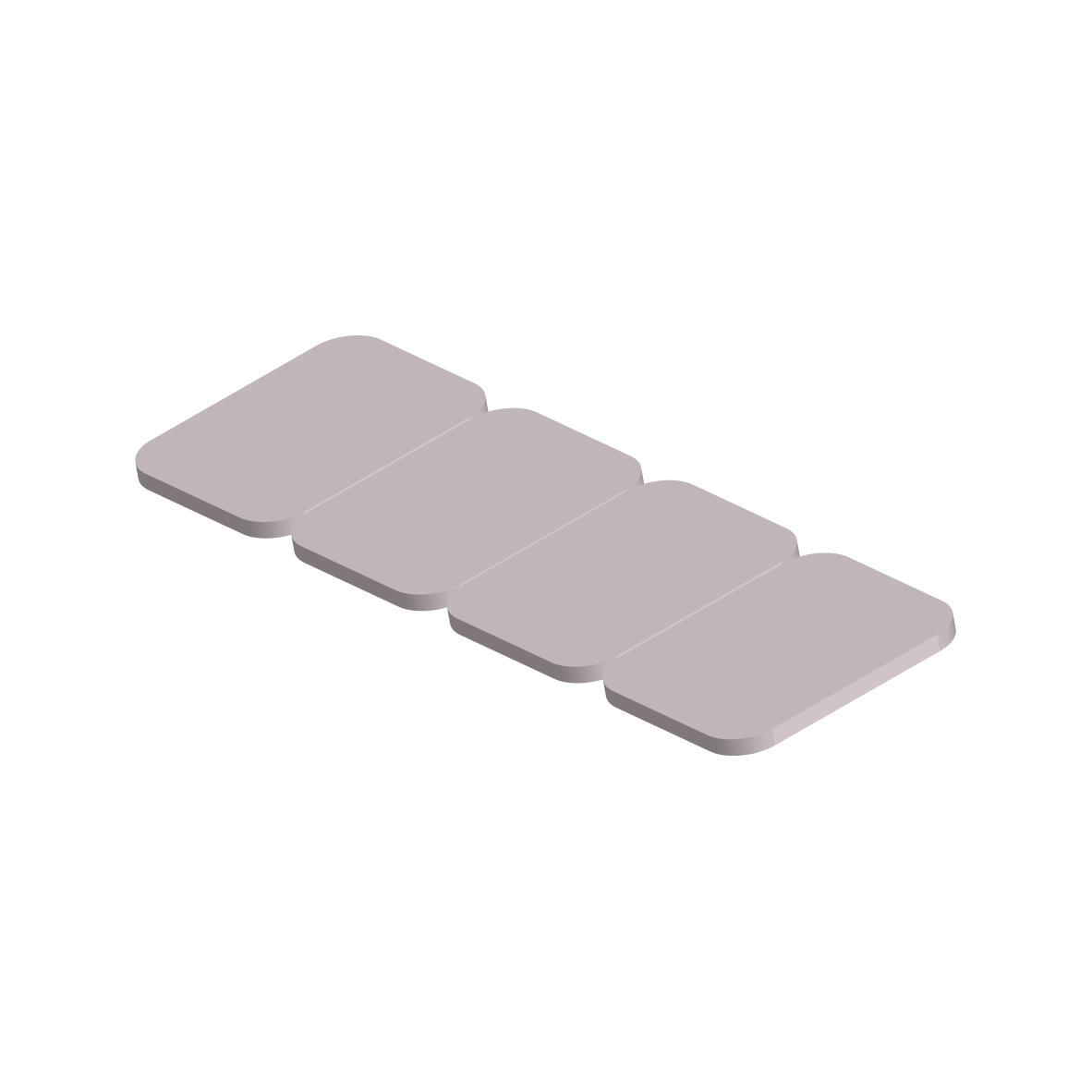
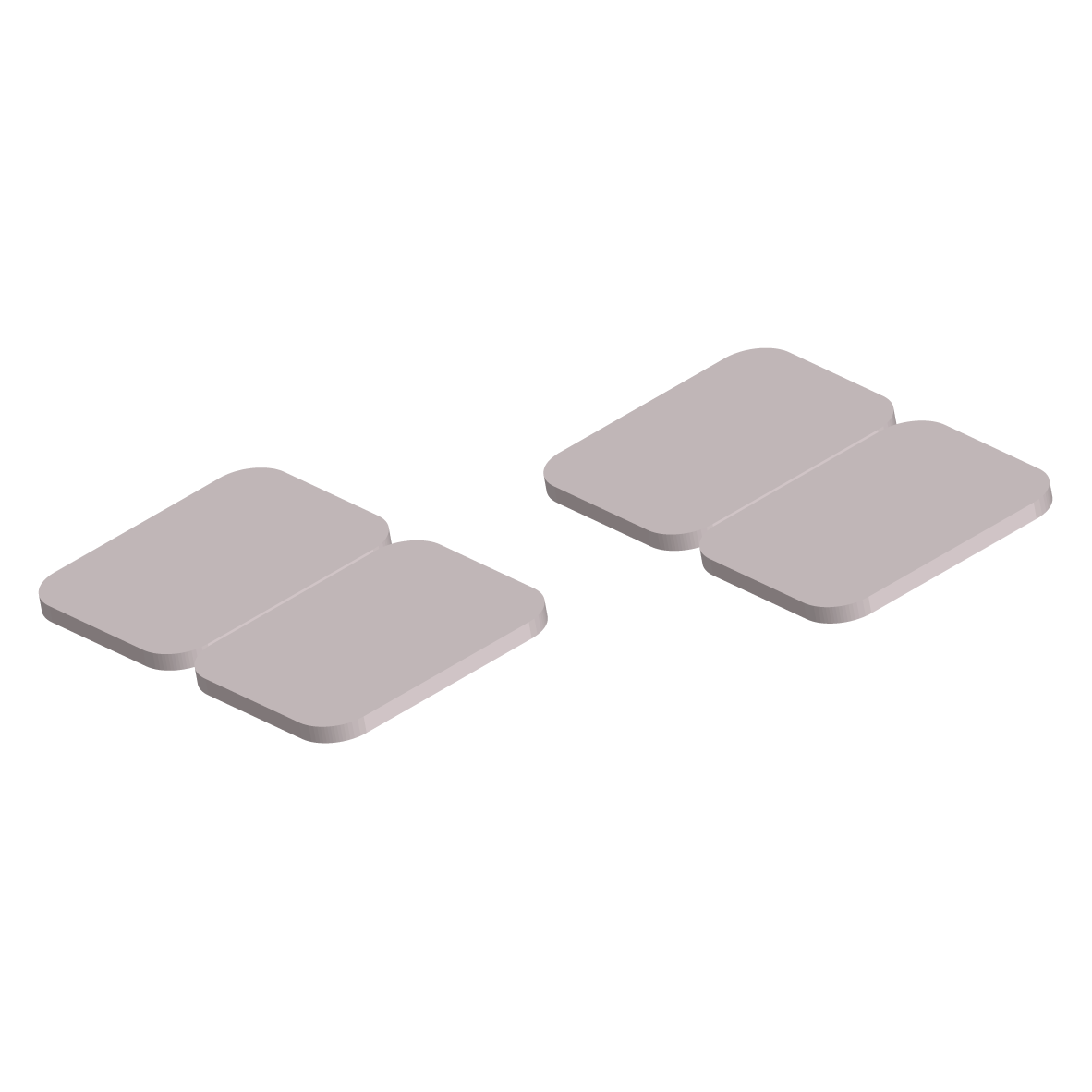
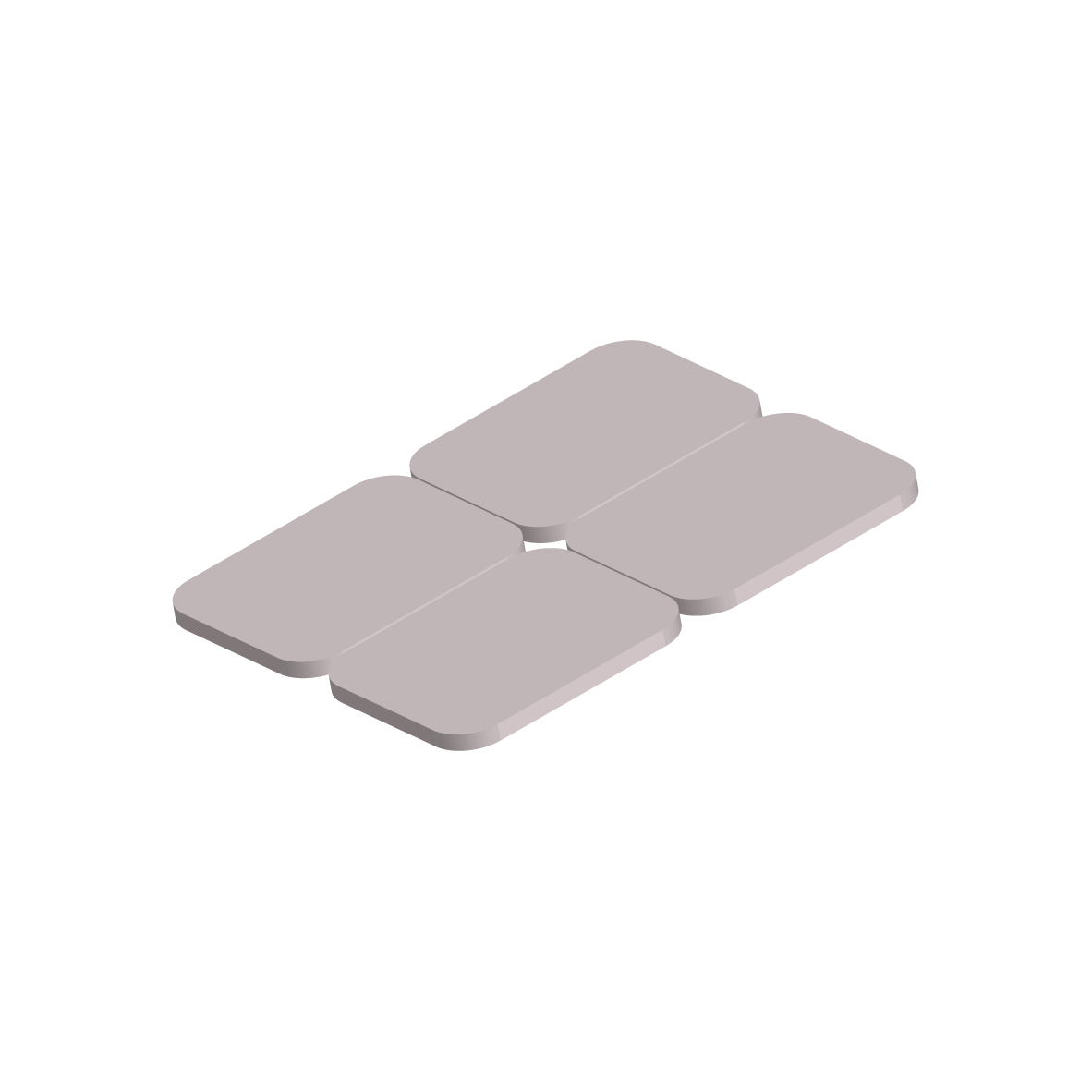
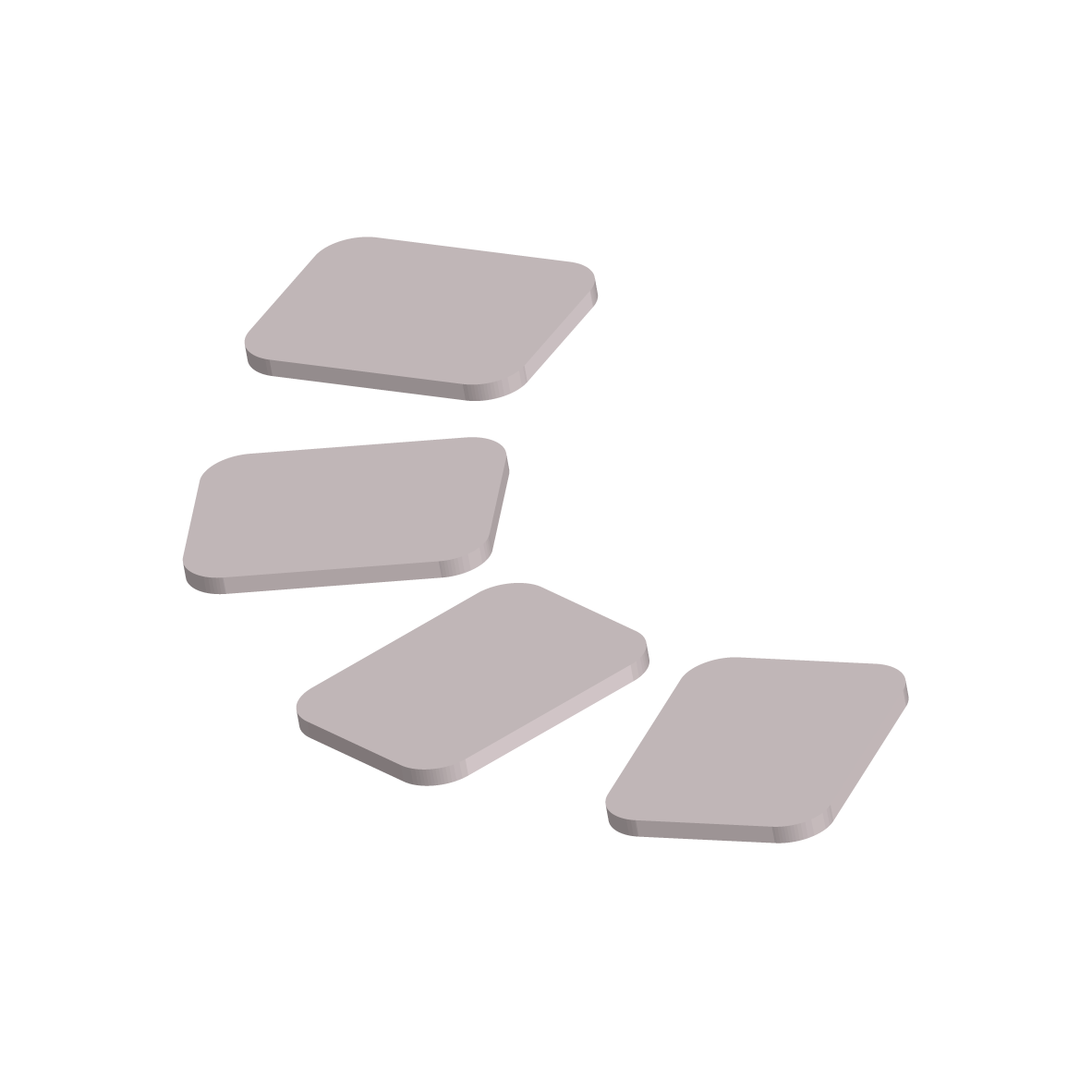
Hardware Solution
The greatest advantage of this tech is that the speakers can be positioned with a high degree of freedom, as long the soundwaves reach the desired VP with sufficent energy within save boundaries. In order to highlight this strength the speakers were divided into four pads with 64 speakers each. This already allows a high flexibility and gives the user the ability to adjust to changing contexts
Software Solution
To keep the complexity low a voxel based environment was chosen. Indeed, other 3d environments and engines were available, yet this way the focus stayed on essential UI features.
